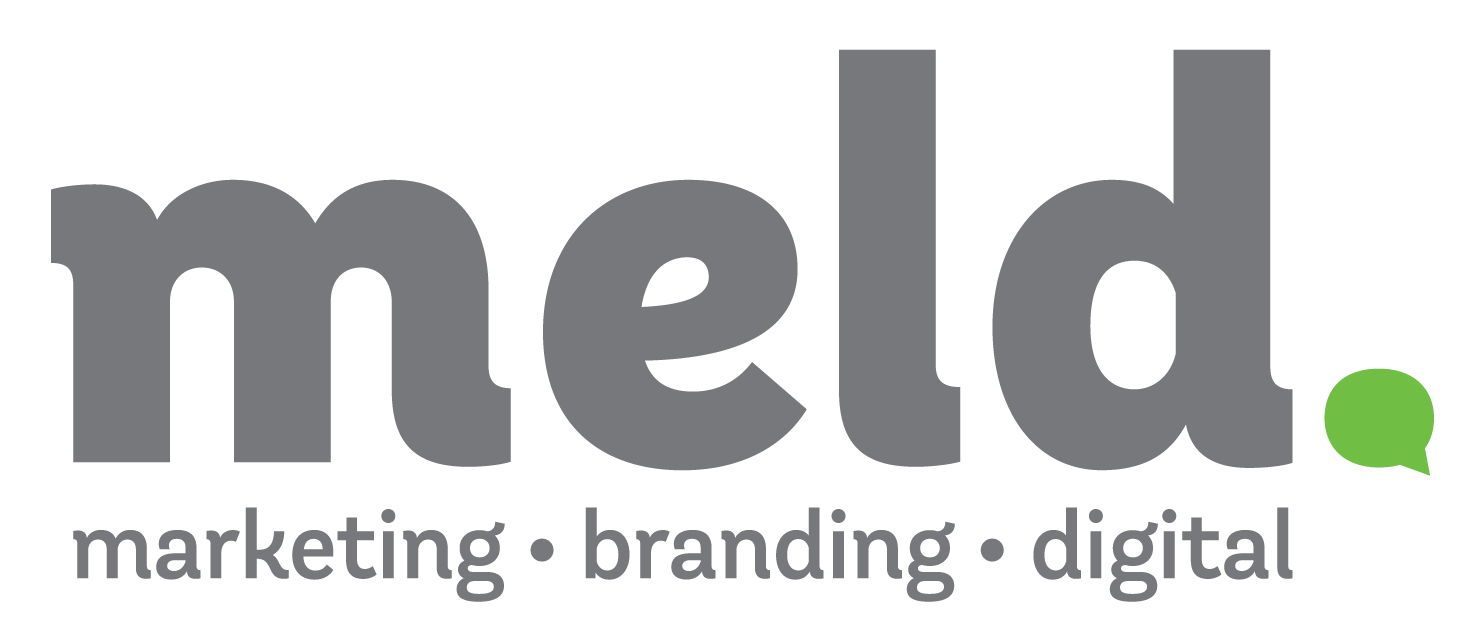A few weekends ago I watched Tidying Up with Marie Kondo. It’s a good thing I didn’t have any plans—I spent the weekend purging my closet of clothes that no longer bring me joy. Goodbye, jeans I’ll never fit into again!
Mounds of clothes later, my discards sat in trash bags awaiting their journey to a local charity. I just felt better. The items that remained in my closet had a purpose. When I open my closet, I no longer feel a sense of dread. And I could talk for hours about my sock drawer, now organized to precision.
As I began the long task of organizing my life, I starting thinking about marketing. More specifically, all the tools content marketers have in their toolbox—websites, direct mail, spreadsheets of business leads, social media posts, whitepapers. And then I started wondering, does the content we’ve built into these tools bring us joy? If we only held on to content with a purpose, what would our toolboxes look like?
Does your marketing content bring you joy? If you answered ‘no’ or if you aren’t quite sure, it might be time for a content audit.
What is a Content Audit?
A content audit is an in-depth analysis of your content inventory. If the word ‘analysis’ makes you want to run, just stay with me for a minute. One of the best descriptions I’ve read on this concept comes from Content Strategist Laura Creekmore: “A content inventory is a list of content items, just like the kind of list you’d make if you managed The Gap and took inventory of all the clothing in your store.”
When you think of a content inventory like this, it doesn’t seem so daunting. You simply gather up the content produced by your marketing and sales teams and examine it.
Here’s another clothes analogy: If you’re a retail store manager taking inventory of your store, you’d count the garments you have in stock. You’d pay special attention to items in short supply and order more. If an item is defective, you’d make a note, strike it from your inventory, and move it back to the stockroom. Remember the customer who came in last week looking for a specific item your store doesn’t carry? You’d put in a new item request.
At this point, you’re probably wondering, what do clothes have to do with content? Quite a bit, actually. Just like the clothes in your closet (or on your retail floor), content becomes outdated. If it’s April and you’re still selling Halloween t-shirts, it might be time to move those items along.
Some content gets used more frequently and is commonly used by your sales team. Other pieces of content hide away on web pages with no traffic. And when content no longer serves its purpose, you have three options. You can keep it tucked away hoping no one notices it, revisit it and decide how you’ll improve it, or retire it with dignity.
This, in a nutshell, is a content audit.
The Questions You Should Ask Your Content
Some content is difficult to part with—I say this with a writer’s heart. It could be the whitepaper you used to help land your first sale, or the website pages you painstakingly wrote. Like clothes, we sometimes form personal attachments to our content. Even when it’s time to let go.Ask yourself these questions to determine if you should maintain, repurpose, or retire your content:
- What is the goal of the content, and does it achieve that goal?
- Does it focus on your audience’s goals and needs?
- Does it align with your overarching marketing strategy?
- Is it well-written?
- Is it answering a question your customers are still asking?
- Does it reflect your brand’s look and feel?
- Is it current and up-to-date?
- How frequently is the content used?
- Can you reformat unused content in a different way (e.g. turning a white paper into a video blog)?
The first question is the best place to start weeding out content. Begin by identifying the goal of each piece. Are you trying to drive traffic to your website? Engage your audiences? Position yourself as an industry expert? Increase the number of conversions to sales?
Once you’ve identified the goal, it’s time to find out how well your content is performing. This process must rely on measurable data, not gut feelings. Ask your sales force how often they’re using certain items or monitor downloads from your content repository. Since websites are often an organization’s largest repository of information, I’ll use a web content audit as an example.
If conducting an audit of website content, I’d look at engagement metrics:
- Page visits (number of times someone viewed the page)
- Bounce rate (people who enter and leave from that page)
- Inbound links (number of sites that link to a page)
- Conversions (number of users that performed the desired call to action)
- Total number of social shares
Why are these metrics important? They reflect the usefulness of the content. And this is the basis of how Google categorizes the content and makes it visible to those searching for relevant information.
Let’s say a piece of content doesn’t hit any of the goals you’ve identified. Should you scrap it? Not necessarily. Pretend I find a dead link with a downloadable whitepaper on social media best practices—from 2016. Since social media platforms evolve so often, my audiences probably won’t find this content useful. But what if I repurposed the content to reflect best practices of 2019? And directed users to a landing page with paid digital ads? I’ve made an old piece of content new again!
Where Do I Start?
Content audits aren’t small tasks. This is especially true for established organizations who’ve been ‘doing marketing’ forever. I have a few tips that will help you get the ball rolling. Remember, every small step is still a step!
- Consider a condensed content audit: Choose a specific channel to audit (social media, for example) and focus on your key priorities. You can use the condensed audit as a starting point and build your confidence for a full-scale content audit across channels and departments.
- Take advantage of tools: There are many tools out there if you’re doing a website content audit. These tools crawl your site and provide insights on issues impacting performance and user experience. A simple Excel template can also be a great tool if you’re just starting out and creating an inventory.
- Delegate and ask for help: Even with the right tools, a content audit is easier when you have helpers. Consider a team of helpers that can supply an outside perspective. Or if you have a lot of content, maybe an intern could help drive the tracking process (even if you have to review the content)? These fresh sets of eyes can identify areas of improvement those too close to the content might miss.
A Final Note
Strategy is everything. Whether it’s a blog post, web page, organic social post, or video, every piece of content you create should support your overall strategy.
Need help bringing joy and purpose to your content again? Just say the words, and we can start a conversation about your marketing goals and how Meld can help! We can be that fresh set of eyes you need to get your content in order.



